In 2025, Harry Styles is far more than a pop star. He’s a fashion disruptor, a film actor, a beauty entrepreneur — and, yes, still a chart-topping musician. But behind the Gucci campaigns and Grammy wins lies something equally compelling: a career shaped by conscious evolution and sharp financial foresight. From his beginnings as a floppy-haired teen on The X Factor to today’s sleek, genre-blurring artist, Styles has built a portfolio as varied as his wardrobe — and his net worth reflects it.
This isn’t just the story of a celebrity making money. It’s about how artistic freedom, branding intuition, and selective risk-taking transformed a former boybander into a cultural and financial force. Let’s trace how Harry’s wealth has grown — and why it tells a bigger story about value, reinvention, and staying power.
The X Factor Spark: One Direction’s Commercial Firestorm (2010–2015)
When five solo contestants were stitched together by Simon Cowell on The X Factor in 2010, few could have predicted the global storm that would follow. One Direction didn’t win the show — but they won everything else. What began as a televised experiment became a $300 million juggernaut, fueled by a perfect blend of digital-age fandom and relentless marketability.
Behind the scenes, the band signed a Syco/Sony deal structured for mass global appeal, and almost immediately tapped into an underserved teenage market hungry for fresh idols. Their tours weren’t just big; they were massive — with the Where We Are Tour alone grossing over $290 million. But the real engine was merchandise: from lunchboxes to dolls, 1D’s licensing machine churned out branded products that flooded shelves worldwide.
For Harry, this period was foundational. His charisma made him the breakout star early on, helping him secure lucrative side endorsements and early media solo features. By the time the band announced their hiatus in 2015, Harry had not only gained global recognition — he’d quietly built a personal fortune estimated between $25–30 million. Not bad for a kid who started in a bakery just a few years earlier.
Going Solo: The High-Stakes Leap (2016–2019)
When One Direction went on hiatus in early 2016, the world wondered who would fade and who would fly. For Harry Styles, the solo leap wasn’t just a career move — it was a reinvention. Trading in pop choruses for 1970s rock influences and velvet suits, Harry distanced himself from the bubblegum blueprint almost overnight. This wasn’t about clinging to fame; it was about proving he had something deeper to say.
Behind the artistry was a major business decision: Styles inked a multi-album deal with Columbia Records reportedly worth $80 million — a bold endorsement for a debut solo artist. His self-titled album in 2017 debuted at No. 1 in over 20 countries and was accompanied by a world tour that grossed over $63 million. Critics took note, too. Rolling Stone called his work “ambitious and refreshingly earnest,” cementing his position as more than just a teen heartthrob.
Part of that longevity comes from his strategic real estate portfolio across London, LA, and NYC — discreet, intentional, and valuable.
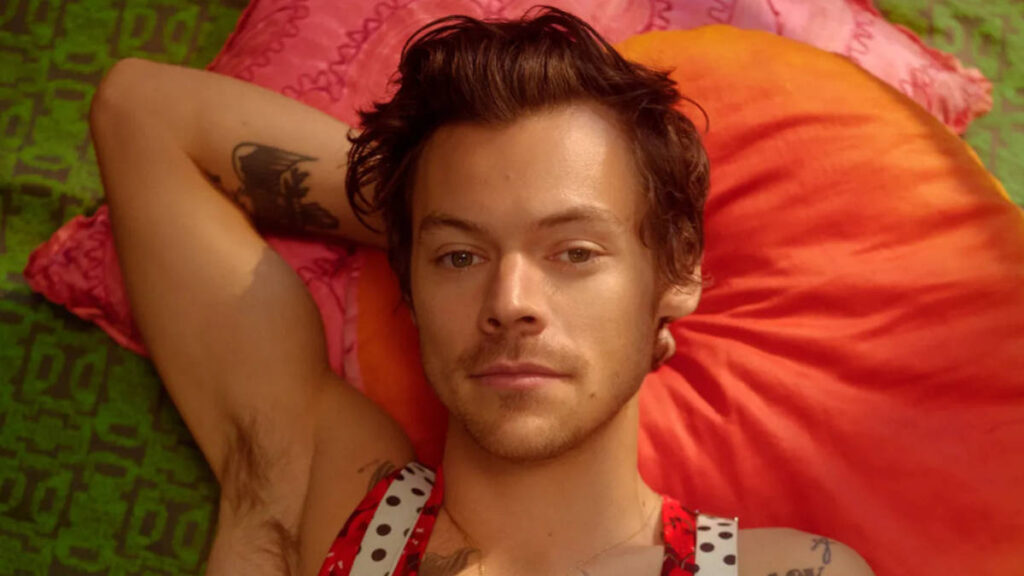
Financially, the shift gave Harry more autonomy. Gone were the group splits — now, touring profits, publishing rights, and brand direction were his to shape. It was a gamble, yes, but one that paid off with both credibility and cash.
This marked a shift in his income breakdown from music, acting, touring, and endorsements as he stepped into full creative control.
Beyond Music: Building a Lifestyle Empire (2020–2023)
By 2020, Harry Styles wasn’t just writing songs — he was rewriting the rules of modern celebrity. Rather than chase every endorsement or acting gig, he curated a brand that felt unmistakably him: fluid, thoughtful, and quietly radical. This wasn’t diversification for diversification’s sake. It was identity made profitable.
His sophomore album, Fine Line, didn’t just top charts — it became a pop-cultural cornerstone, earning him his first Grammy and fueling a global tour that grossed over $94 million. But while the music soared, Harry was quietly laying groundwork elsewhere. In 2021, he launched Pleasing, a gender-neutral beauty brand that sold out within hours of release. With its focus on ethical sourcing, creative packaging, and unapologetic self-expression, Pleasing reflected Harry’s ethos as much as his aesthetic. It wasn’t a side hustle — it was brand philosophy turned business.
In film, he took on roles in Dunkirk, Don’t Worry Darling, and My Policeman, signaling a shift from musician-turned-actor to a credible on-screen presence. The box office returns varied, but the strategic value was clear: Styles was embedding himself in Hollywood, not guest-starring in it.
Fashion, too, became a canvas. As the face of multiple Gucci campaigns — and a Met Gala favorite — Harry blurred the lines between rock star and style icon, not through shock but through sincerity.
More than revenue streams, these moves deepened his cultural currency. He didn’t just expand — he evolved. And the empire followed.
A big part of his expansion included his high-value fashion deals with Gucci and Pleasing, reshaping how fans connected with his image.
Net Worth in 2025: Where Does Harry Styles Stand Today?
As of 2025, Harry Styles’ estimated net worth sits $140 million, according to sources like Celebrity Net Worth and Forbes. But those figures only scratch the surface. His financial ascent isn’t the result of a single smash hit — it’s the payoff from a decade of layered, strategic moves.
Royalties from three solo albums, continued streaming from his One Direction catalog, and sold-out tours remain core income drivers. But it’s the outside-the-box ventures — like his equity in Pleasing and ongoing brand partnerships with Gucci — that have added long-term value. Unlike many artists, Harry rarely licenses his name to the highest bidder. Instead, he aligns with projects that amplify his identity, not dilute it.
Real estate also plays a role: reports place his holdings in London, New York, and Los Angeles, each carefully purchased and largely private. Combined with ownership rights, publishing control, and a low-scandal public image, Harry has built wealth not just from fame, but from focus.
In short, Styles didn’t just make millions. He managed to keep them, too.’
For a full breakdown of how Harry built his $140 million empire across music, fashion, and film, this profile reveals the full scope of his income sources.
Money, Fame & Peers: How Harry Compares to Music’s Elite
In 2025, Harry Styles’ estimated net worth of $140 million puts him in impressive company — but not quite at the top of the pop star wealth ladder. For context, Ed Sheeran is reportedly worth over $350 million, while Taylor Swift’s empire has crossed the $1.6 billion mark. Yet comparing them by numbers alone misses the real story.
Unlike Swift, who leveraged relentless touring and re-recorded masters into a commercial powerhouse, or Sheeran, who’s known for his prolific songwriting and publishing empire, Harry’s path has been more curated. He turned down fast-money brand deals in favor of long-term equity plays, like his stake in Pleasing. His film roles, too, weren’t blockbuster paychecks — they were credibility investments.
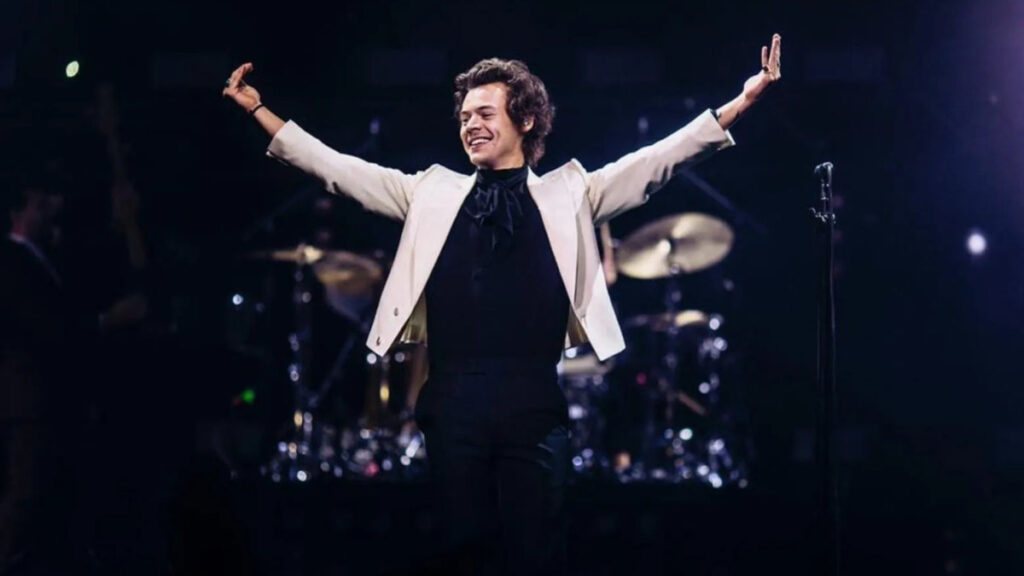
Even among his former One Direction bandmates, Harry’s strategy diverged. Zayn leaned into fashion and R&B, Niall and Louis stayed largely in music, but none matched Harry’s cultural imprint or net worth. He’s the outlier: not the richest of his generation, but arguably the most influential.
In the end, Styles isn’t chasing volume — he’s crafting value. His wealth may be smaller than some, but it’s deeply aligned with a brand that’s built to last.
Their divergence is clear in how his net worth compares to Zayn Malik and their post-1D paths, revealing two very different visions of fame.
What I Learned Tracking Harry’s Financial Journey
As someone who’s followed Harry Styles since his X Factor days — awkward curls, nervous smile and all — I assumed I understood his rise. But diving into his financial evolution surprised me. It wasn’t just talent or timing that built his fortune — it was restraint.
Most celebrities chase every opportunity thrown at them. Harry did the opposite. He waited. He waited to release a solo album until it felt right, chose film roles that challenged expectations, and launched a beauty brand that wasn’t about trend-chasing, but about values. Watching him decline loud, flashy endorsements in favor of quiet ownership — that’s when I realized he was playing a different game.
For me, the real turning point was Pleasing. It wasn’t the biggest moneymaker, but it said something: Harry understood the power of intimacy in branding. He knew his fans weren’t just customers — they were collaborators in his story.
In a world where celebrity wealth often feels accidental or algorithmic, Styles’ approach feels unusually human. He didn’t just stack millions — he shaped a legacy. And that’s a rare kind of rich.
The Art of Evolving Value
Harry Styles’ financial story isn’t just about numbers — it’s about navigating fame with unusual clarity. He’s shown that long-term value comes not from constant visibility, but from intentional moves rooted in authenticity. His net worth is less the result of hustle and more the reward for trusting his artistic gut, investing in identity over immediacy, and saying no as often as he said yes.
What makes Styles so compelling — and quietly instructive — is how he’s turned personal evolution into commercial strategy. As the lines between artist, entrepreneur, and icon continue to blur, Harry may not just be part of the next cultural wave. He could very well help define it.
Nishant is a digital strategist and celebrity finance analyst with over 15 years of experience in SEO-driven content. As Founder of TheNetWorths.com, he creates high-authority profiles on wealth, branding, and cultural influence.


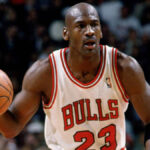










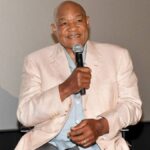

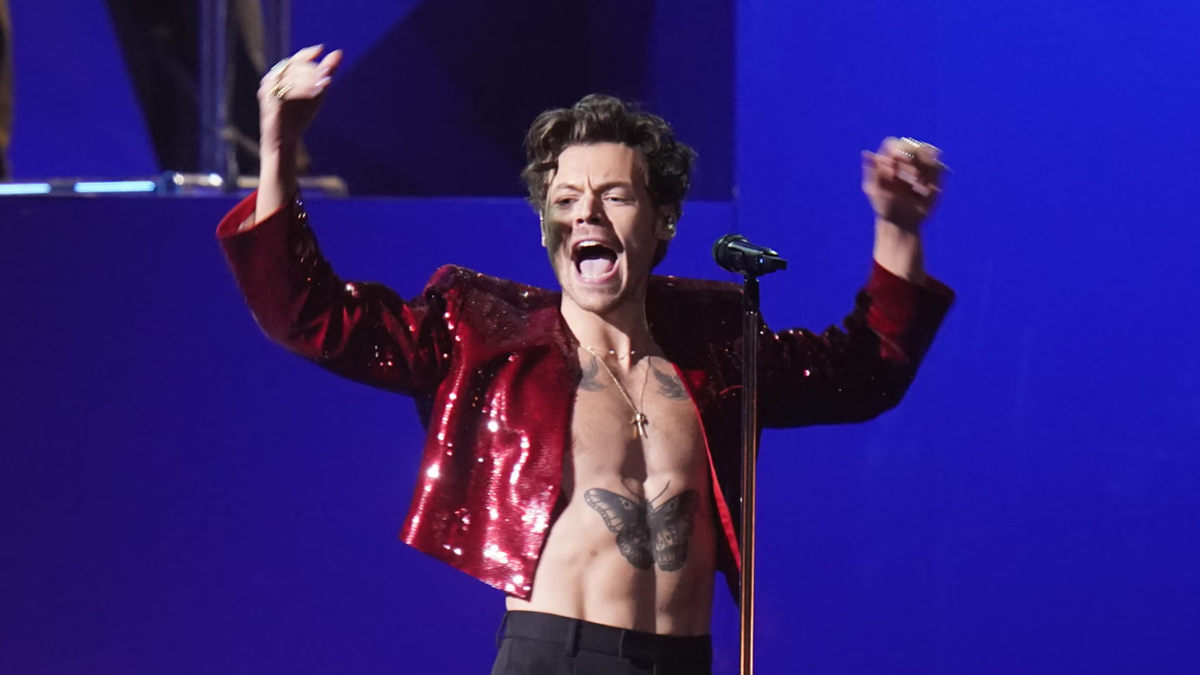

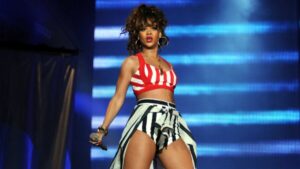

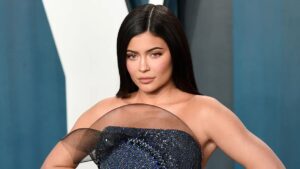
3 thoughts on “Harry Styles’ Net Worth Growth: From One Direction to Solo Success (2010–2025)”